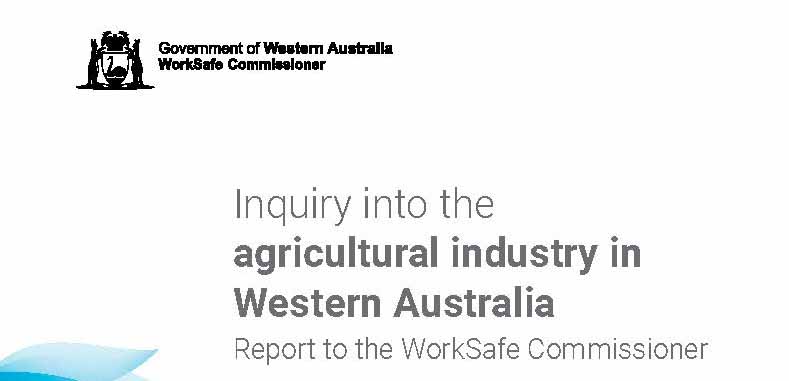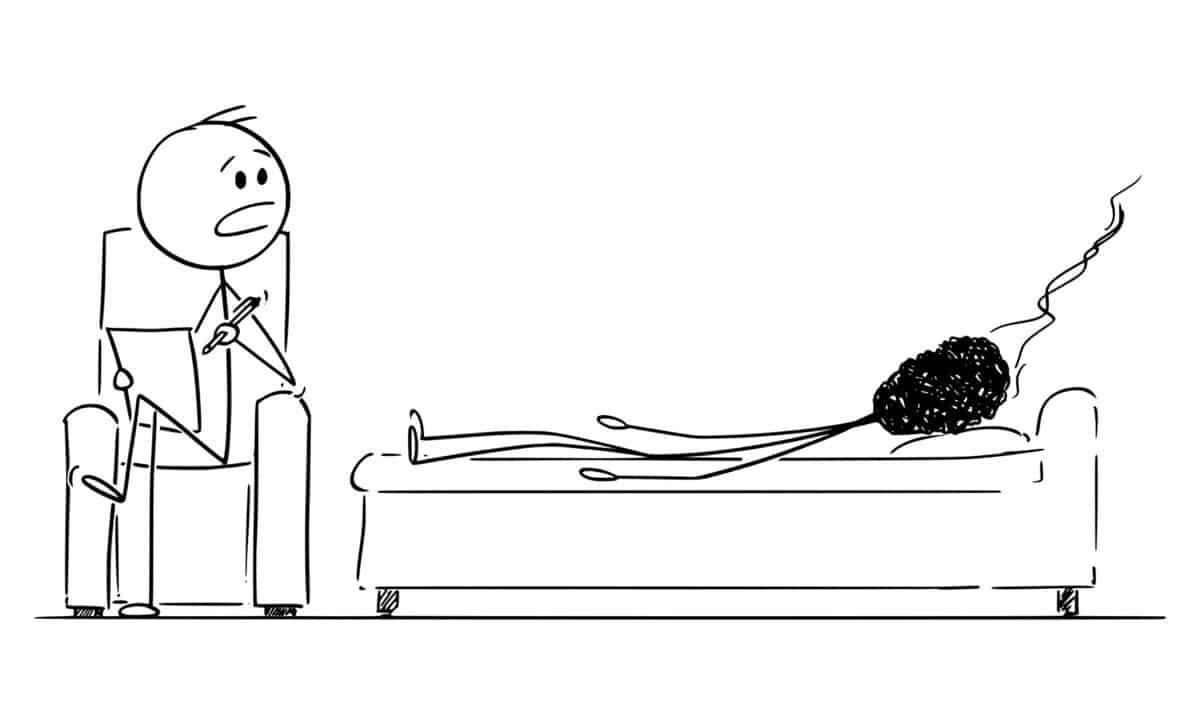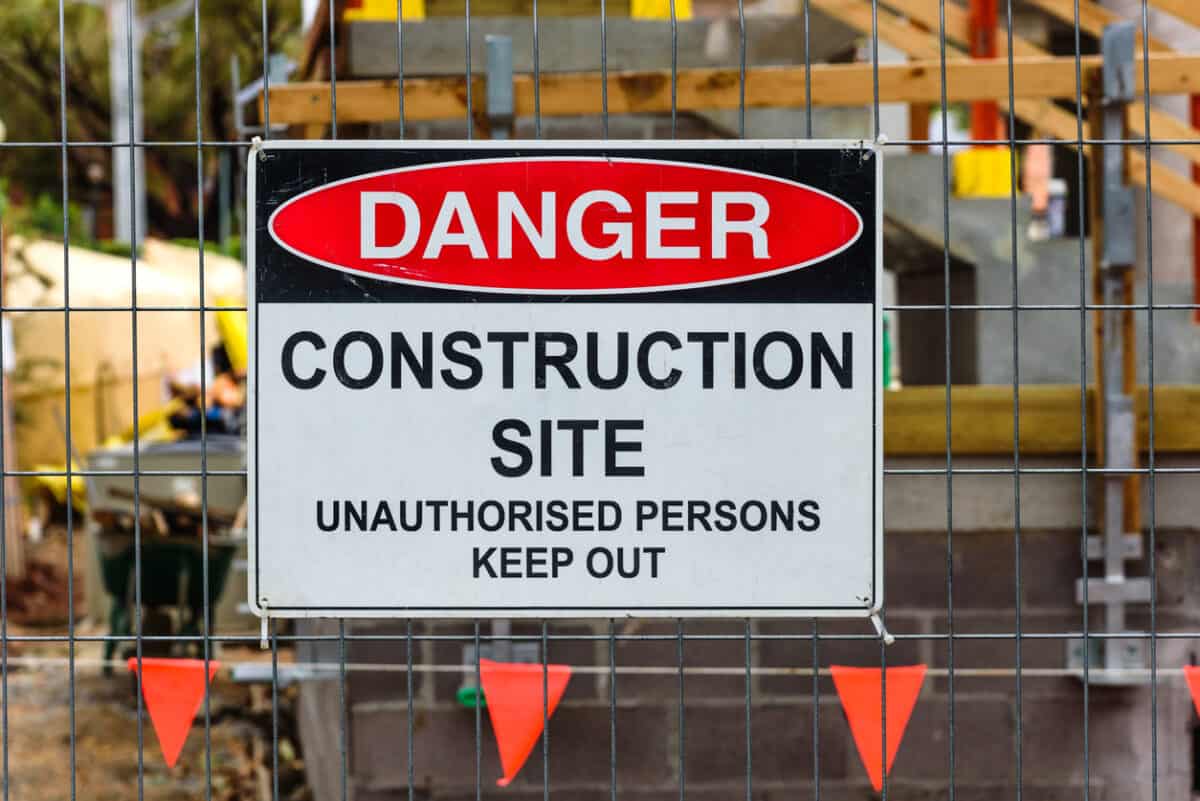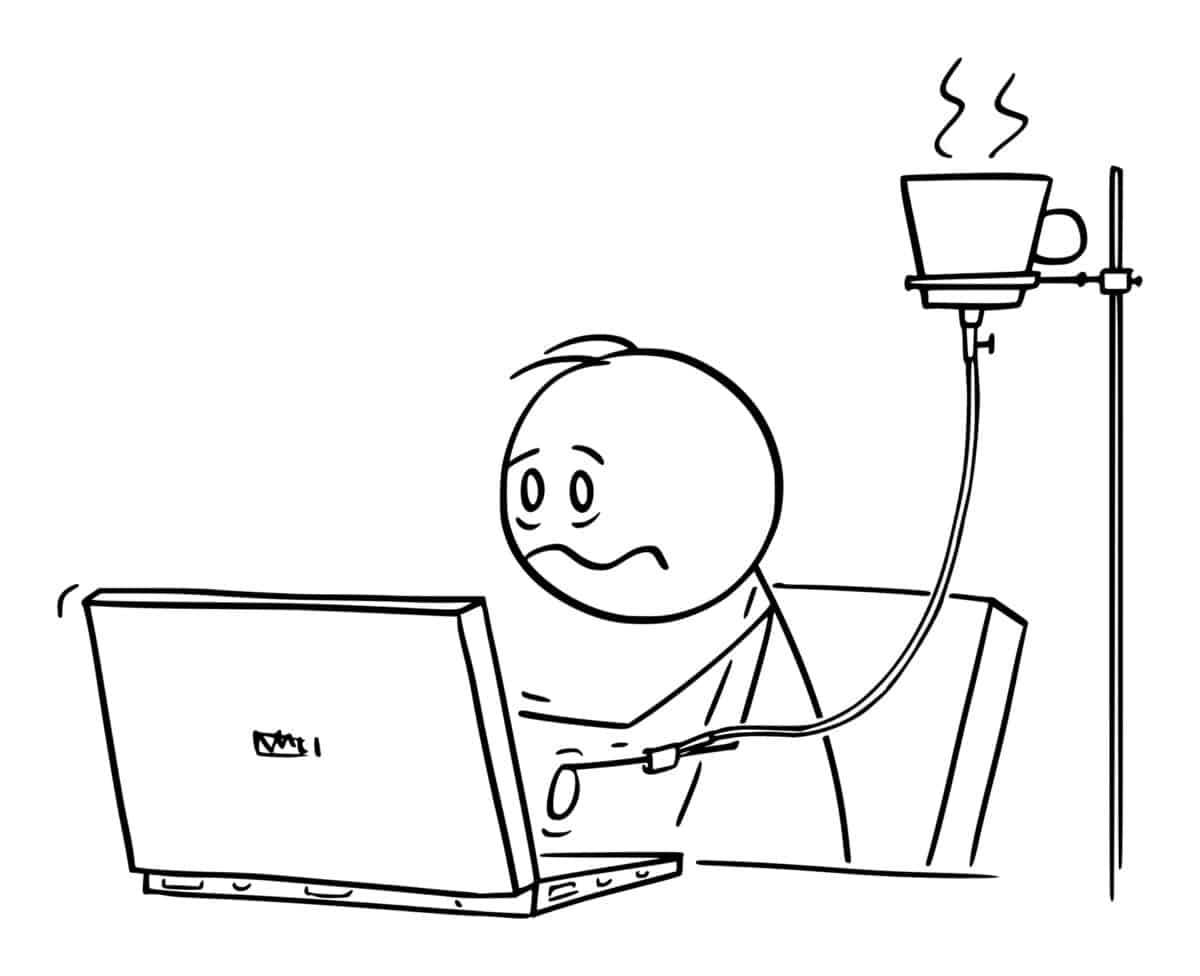The Housing Industry Association (HIA) is an effective government lobbyist for its members who can be relied on to make a submission to whatever opportunity the governments offer. The HIA does not provide details of membership numbers or names, but it does list its sponsors and partners. Recently HIA made a submission on “the prohibition on the use of engineered stone”. Its position held few surprises.
Perhaps also unsurprising is Kate Cole’s justification for a ban on engineered stone.







